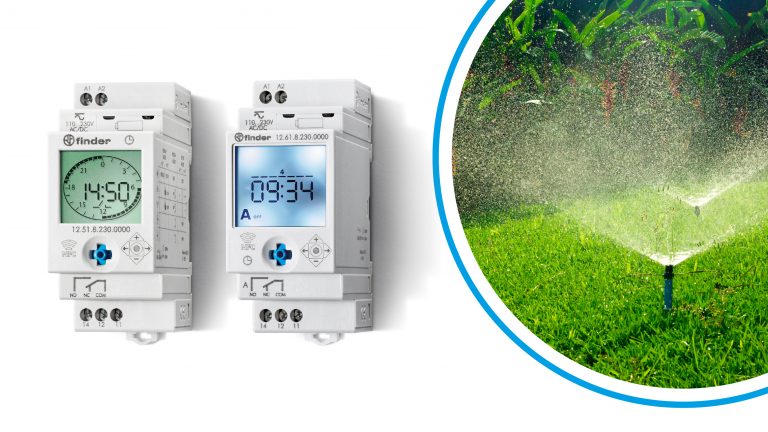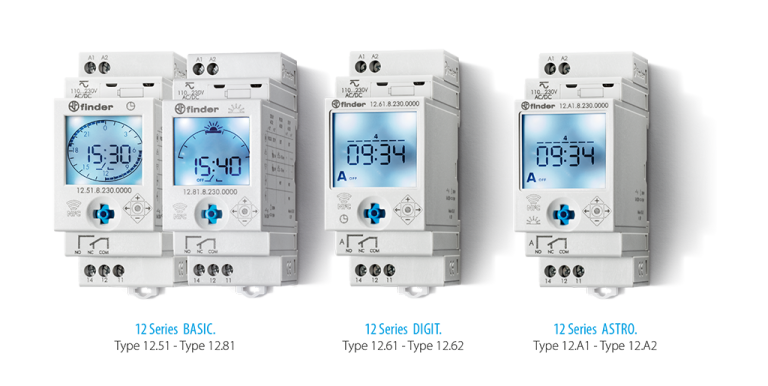Is a solid state relay right for you?
Solid state relays and electromechanical relays have long sparked discussion among engineers and automation professionals. Is one truly better than the other? The answer isn’t black and white. Each relay brings unique strengths and limitations, and the right choice often depends on the specific needs of your application, whether that’s switching speed, durability, cost, or load type. In this blog, we’ll explore the key differences and help you determine which type of relay is the better fit for your project.
What is a Solid State Relay?
A solid state relay (SSR) is an electrical switch that can be used to turn things on and off using another electrical input. Unlike Electromechanical Relays (EMRs), the SSR uses semiconductor switches and optoelectronics instead of magnetism and moving contacts.
It is important to realise there are two common types of solid state relay, those designed for switching AC loads and those designed for switching DC loads. A DC SSR will at best only turn off for half the time with an AC supply – this could cause serious issues related to a half-wave rectified current. If an AC relay is used with a DC supply and the current does start to flow it will probably not stop, even with the control signal removed.
Are solid state relays more reliable?
With no wearing parts, solid state relays are less sensitive to environmental factors such as mechanical shock, vibration and external magnetic fields. This provides an increased lifetime and greater dependability of the relay. Interestingly, an EMR has an average lifespan of one million cycles, whereas an SSR has a lifespan of roughly 100 times that. Finder’s solid state relays are electronically clean with low emissions, no contact bounce, and no electrical arcing. The modular design also allows for quick and tidy easy wiring.
At full rated current an SSR generates about 10X as much heat as an electromechanical of similar current rating, so SSRs need proper thermal management whereas EMRs don’t. Spacing, ventilation, and PCB layout guidelines in Finder’s data sheets must be followed to ensure heat removal, prevent overheating, and avoid damage.
Finder’s thermostat (7T Series) or fan (7F Series) would complement the SSR perfectly and would help regulate optimal temperature and keep components performing at a consistently high level.
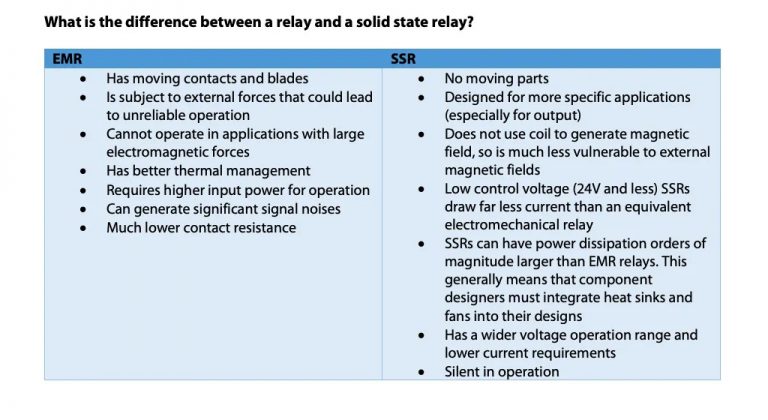
What is a solid state relay used for?
Finder’s solid state relays are used in many industrial applications. They are particularly suitable for resistive loads and for industrial applications where high switching frequencies and high inrush currents can be problematic and are ideal for controlling motors, valves and electromagnets in energy, automation, machine and rail applications.
A solid state relay is ideal when fast, frequent switching is required. For example, precision temperature control of an industrial oven might require switching off the mains supply to the heating elements every two or three seconds. Finder’s 77 Series would be the best component to operate this, which is available with a range of different current ratings, switching voltages and supply voltages (AC or DC), and also have two switching modes (Zero-crossing or Random).
Interfacing
Finder’s solid state relays are excellent in interfacing applications. Small SSR’s such as Finder’s 34, 38 and 39 Series draw only a few mA, so they sip at the limited output currents available from PLCs.
With a high 6A rating the Finder Type 34.81.7.xxx.9024 would allow a PLC to control a small DC motor or DC coil contactor perfectly. The 2A rating of the Finder Type 34.81.7.xxx.8240 would allow a PLC to control a small AC motor, AC Coil contact, AC solenoid or mains voltage heater. In both cases with a control current of only around 7mA.
Finder's range of solid state relays
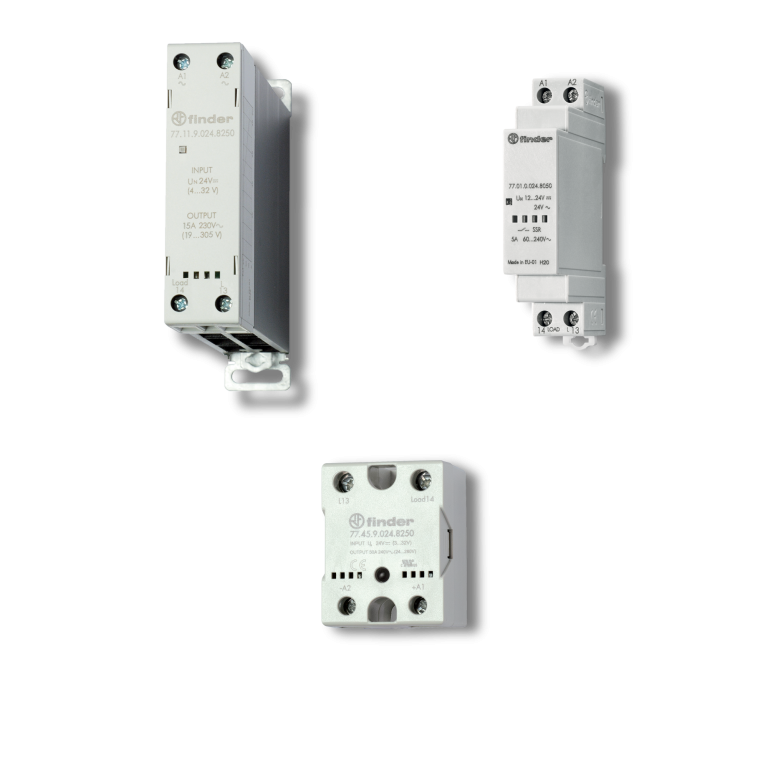
77 Series – Modular and “hockey puck” solid state relays from 5 to 125 A
The 77 Series is made up of modular and “hockey puck” style solid state relays with the following features (according to Type):
- High switching speed and electrical life
- Spark and bounce-free silent switching
- Low-power input circuit
- “Hockey puck” housing with folding screw cover
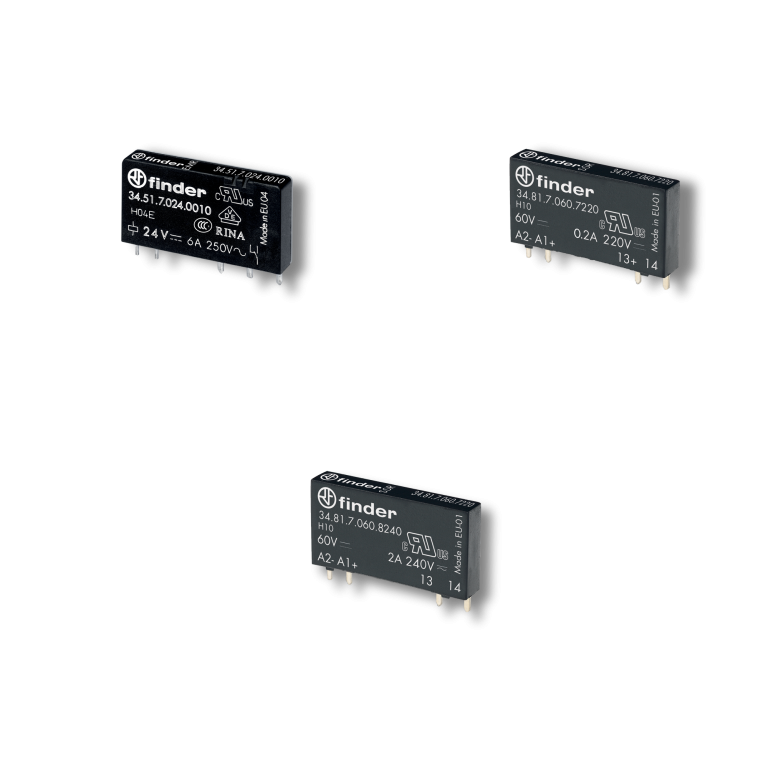
34 Series – Slim PCB SSR 0.1-2-6A
DC Inputs (5-60V ). DC or AC output depending on model.
The 34 Series (EMR) relays include the following features (according to Type):
- Sensitive DC coil: 170 mW
- 5 mm wide – 6kV (1.2/50 μs) isolation, coil – contacts
The 34 Series (SSR) relays include the following features (according to Type):
- Sensitive DC input circuits
- 5 mm wide
- Silent, high speed switching with long electrical life
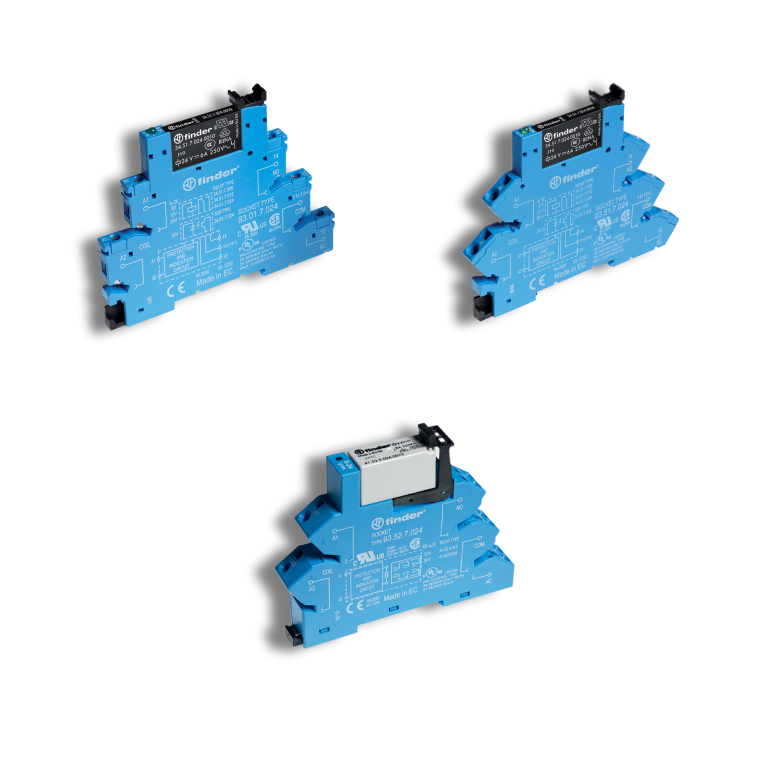
38 Series – SSR interface modules 0.1-2-3-5-6A
AC/DC Inputs ( 6-240V ) . DC or AC output depending on model.
The 38 Series is a range of EMR or SSR modular interface relays that include the following features (according to Type):
- 6.2mm or 14mm wide
- DC or AC/DC coil versions
- Special coil/input leakage current suppression types
- Timer version
- Screw & screwless terminals
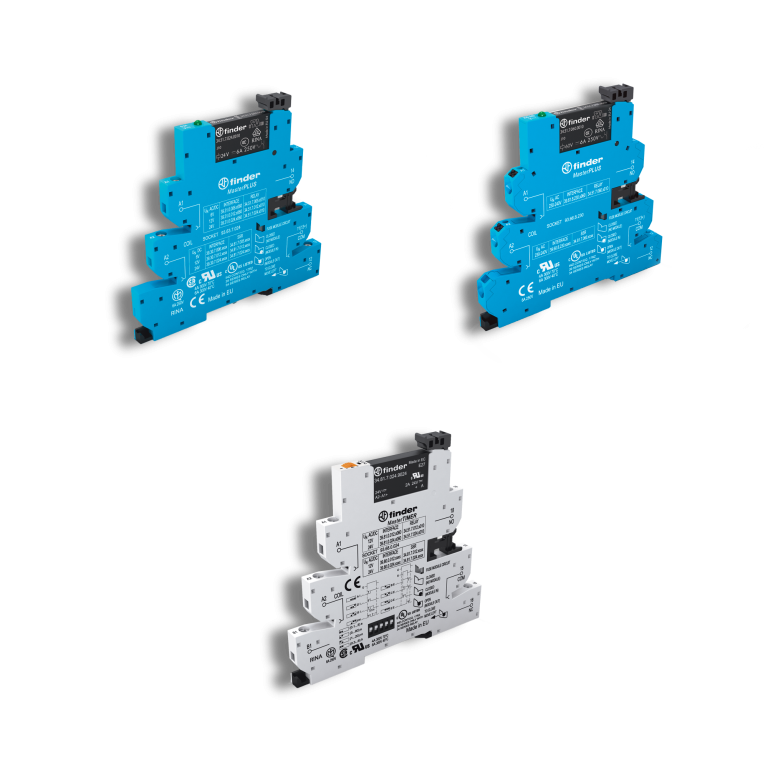
39 Series – SSR MasterINTERFACE 0.1-2-6A
AC/DC Inputs ( 6-240V ) . DC or AC output depending on model
The 39 Series is a range of modular interface relays that include the following features (according to Type):
- 6.2mm wide
- DC, AC or AC/DC coil versions
- Special coil/input leakage current suppression types
- With fuse protection module
- Timer version
- ATEX/HazLoc compliant (EX nC) option available
- Push-in and screw terminals
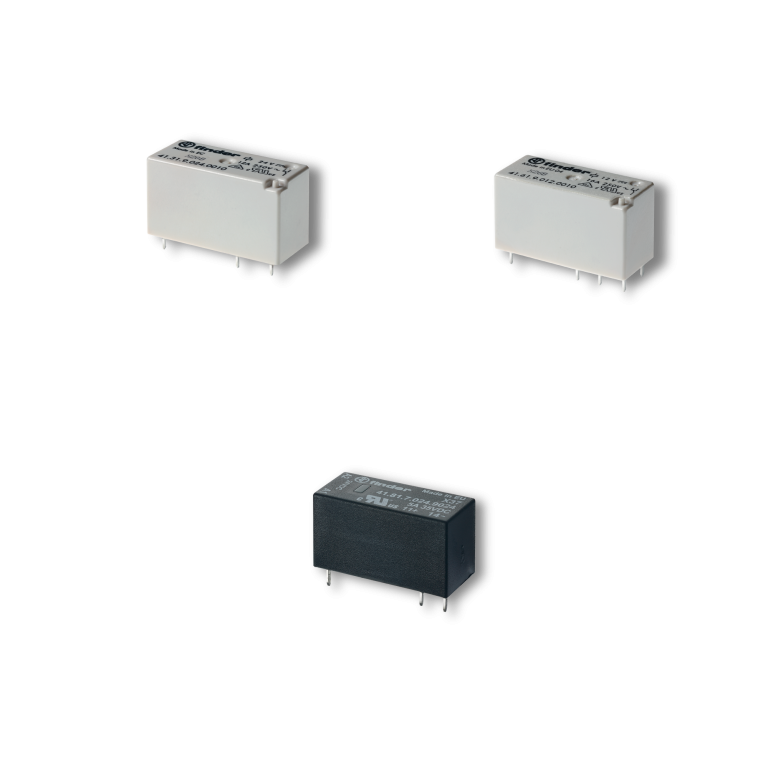
41 Series – Low-profile PCB SSR 3 – 5 – 8 – 12 – 16A
DC Inputs (5-60V ). DC or AC output (according to type).
The 41 Series is a range of miniature low profile printed circuit board relays (height 15.7 mm). The different Types that make up this Series are:
Solid State (SSR) version
- Low profile, 15.7 mm height
- Sensitive DC input circuits
- Silent, high speed switching with long electrical life
